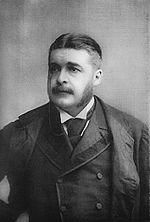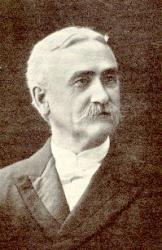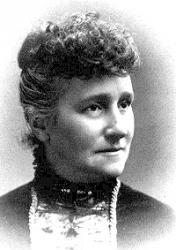1724 - 1782 Person Name: Henrietta Louise von Hayn Meter: 8.7.8.7 D Author (stanza 2) of "O Could We But Love That Savior" in Moravian Book of Worship Hayn, Henrietta Luise von, daughter of Georg Heinrich von Hayn, master of the hounds to the Duke of Nassau, was born at Idstein, Nassau, May 22, 1724. In 1746 she was formally received into the Moravian community at Herrnhaag. There, and, after the dissolution of this community, at Grosshennersdorf, and, after 1751 at Herrnhut, she was engaged as teacher in the Girls' School; and after 1766 in caring for the invalid sisters of the community. She died at Herrnhut, Aug. 27, 1782. (Koch, vi. 443-447; Allgemeine Deutsche Biographie, xi. 1.58, &c.) She was a gifted hymnwriter. A fervent love to Christ pervades her produc¬tions; and they are remarkably free from the unpleasant sentimentalism and that dwelling on the physical details of our Lord's Passion which mars so many of the Moravian hymns of that period. Over 40 hymns or portions of hymns by her are included in the Brüder Gesang-Buch of 1778. Only one has come into English use outside the Moravian hymnbooks, viz.:—
Weil ich Jesu Schaflein bin. Children. This beautiful hymn for children, regarded as Lambs of the Good Shepherd, first appeared in the Brüder Gesang-Buch, 1778, No. 1179, in 3 st. of 6 1. It has been included in many recent German collections, as the Berlin Geistliche Lieder, ed. 1863, No. 120. Translated as: —
1. Jesus makes my heart rejoice, in full, by F. W. Foster and J. Miller, as No. 576 in the Moravian Hymn Book, 1789 (1886, No. 1006). Included, from the edition of 1826, in Dr. Pagenstecher's Collection, 1864, and others.
2. Seeing I am Jesus' lamb, a good and full translation by Miss Winkworth in her Lyra Germanica, 2nd Ser., 1858, p. 90. Repeated in the People's Hymnal 1867, Book of Praise for Children, 1881, and in America in the Pennsylvania Lutheran Church Book, 1868, &c.
3. I am Jesus' little lamb, a good and full translation by Dr. W. F. Stevenson for his Hymns for Church & Home, 1873, c. 58, dated 1871. Repeated in Allon's Children's Worship, 1878, the Methodist Sunday School Hymnbook, 1883, and others.
Another translation is : "Since I'm Jesus' sheep I am," by R. Massie, in the Day of Rest, 1880, p. 622. [Rev. James Mearns, M.A.]
-- John Julian, Dictionary of Hymnology (1907)
Henriette Louise von Hayn


 My Starred Hymns
My Starred Hymns




